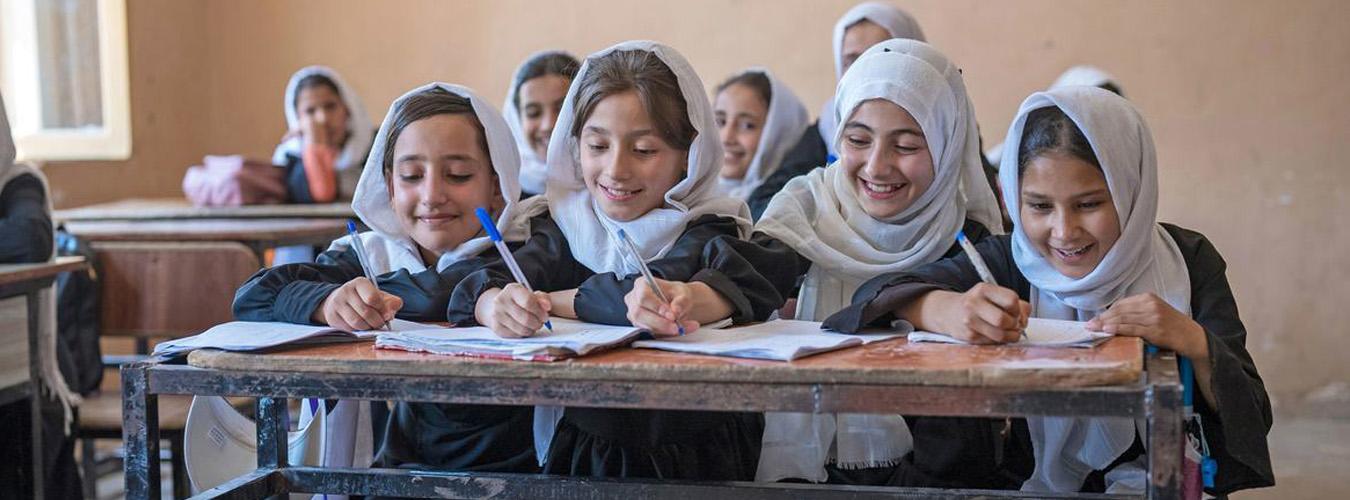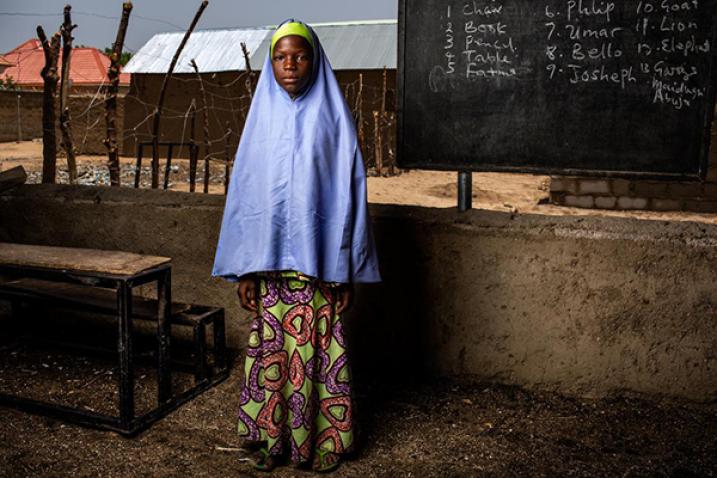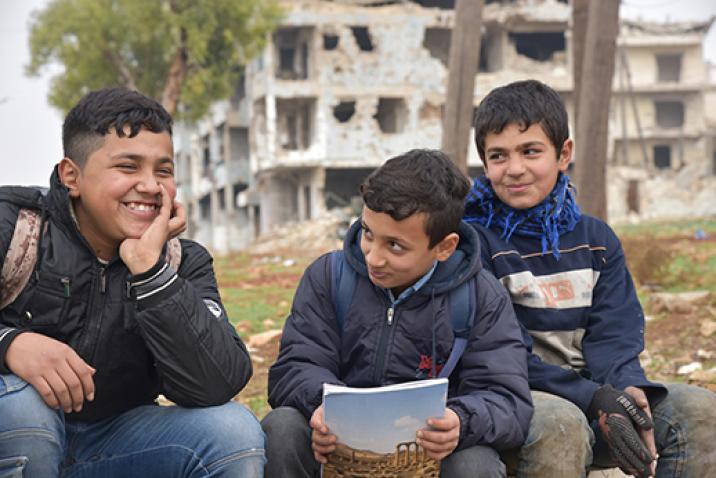Armed conflicts: When the noise of guns silences education
Education is a fundamental human right. For children and youth caught up in emergency situations, education not only means the continuity of learning, but it also provides a sense of normalcy and the key to a different future, alerts the United Nations Educational, Scientific and Cultural Organization (UNESCO).
With the knowledge, skills and support gained through education, generations survive crises and lead the world toward a sustainable future. This is particularly true for vulnerable groups including girls, migrants, refugees and people with disabilities, among others.
Places of education should be safe havens for children, students and education personnel. However, all too often they, and the places wherein they learn, become either direct targets or collateral damage in conflict-affected contexts.
Attacks on education can have serious, long-term physical and psychological repercussions for students and teachers. Attacks can suspend teaching and learning, lead to a significant increase in dropout rates and prevent students from accessing their right to quality education.
Lack of international consensus on child protection
The Special Representative of the Secretary-General for Children and Armed Conflict (SRSG), Virginia Gamba, recently explained that "the disregard for the protection of civilian infrastructures, such as schools and hospitals, often translated by a lack of distinction between civilian and military targets and/or continued military use by warring parties is deeply troubling".
Ms. Gamba added that "we urgently need bold and resolute action. We must build on the international consensus on child protection and rally behind the instruments that have already been agreed upon widely as well as the respect of international law. I urge all of you to embrace peace and peaceful resolution of conflicts, which remains the only sustainable way to reduce and prevent violations against children".
Rehabilitating Schools in Gaza
141 schools were damaged during an escalation of conflict in Gaza, back in May 2021. As UNICEF works to rehabilitate schools, the services children rely on must be protected.
Background
The day was established by a unanimous decision of the UN General Assembly, calling on UNESCO and UNICEF to raise awareness of the plight of millions of children living in countries affected by conflict. The resolution proclaiming the Day was presented by the State of Qatar and co-sponsored by 62 countries.
The General Assembly resolution affirms that governments have the primary responsibility to provide protection and ensure inclusive and equitable quality education at all levels to all learners, especially those in vulnerable situations. It further emphasizes the need to intensify efforts and increase funding to promote safe and protective school environments in humanitarian emergencies by taking all feasible measures to protect schools, learners and educational personnel from attack, refrain from actions that impede children’s access to education, and facilitate access to education in situations of armed conflict.
UNESCO and UNICEF will facilitate the annual observance of the Day in close collaboration with partners within and outside the UN system. Working on the frontlines in conflict-affected countries, the UN entities have long assisted Member States in strengthening their capacity to provide access to quality educational opportunities for all in times of crisis.
Did you know?
- In 2022, children continued to be disproportionately affected by armed conflict, and the number affected by grave violations increased compared with 2021.
- From January to December 2022, there was a 112 per cent increase in attacks on schools and hospitals, particularly in Ukraine, Burkina Faso, Israel, the State of Palestine, Myanmar, Mali and Afghanistan.
- In Afghanistan, the UN verified 95 attacks (72 on schools; 23 on hospitals), including attacks on protected persons.
- While non-state armed groups were responsible for 50 per cent of grave violations, government forces were the main perpetrators of the killing and maiming of children, attacks on schools and hospitals, and the denial of humanitarian access.
- Among the factors having the most severe impact was the use of explosive weapons, notably in populated areas, such as Gaza, the Syrian Arab Republic, Ukraine and Yemen, which led to greater child casualties and damaged schools and hospitals.
Source: Report of the UN Secretary-General on children and armed conflict
Resources
- General Assembly resolution establishing the International Day to Protect Education from Attack (A/RES/74/275)
- Global Coalition to Protect Education from Attack
- UNESCO Education in emergencies resources
- UNICEF Education under attack
- Children and Armed Conflict
- International Day of Education
- International Day of Innocent Children Victims of Aggression




